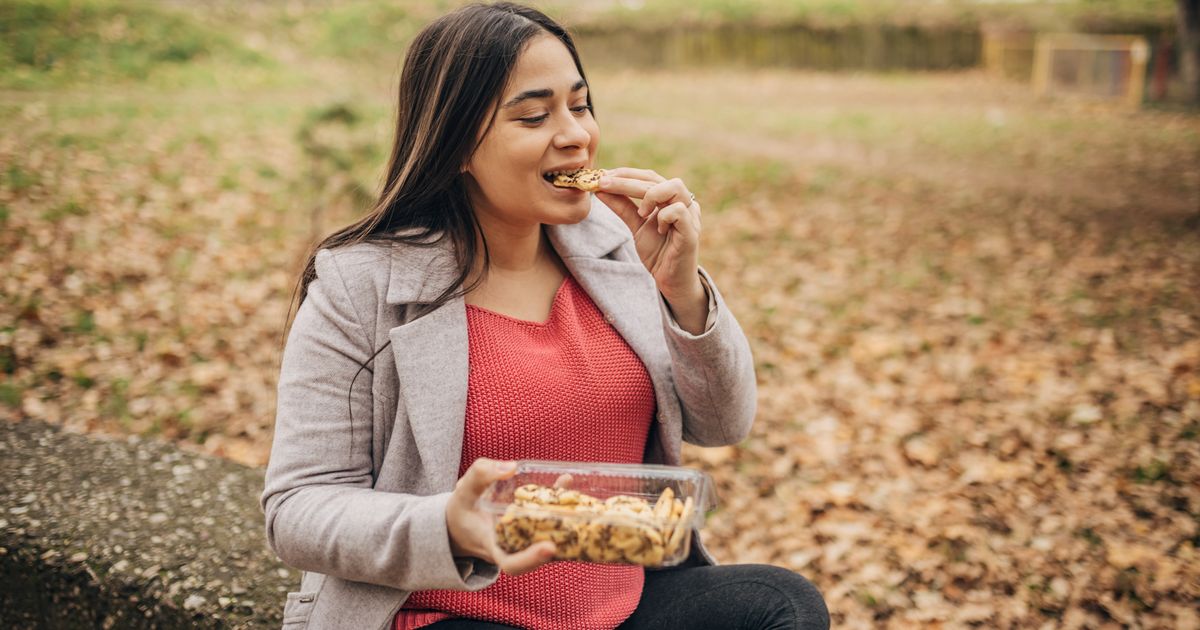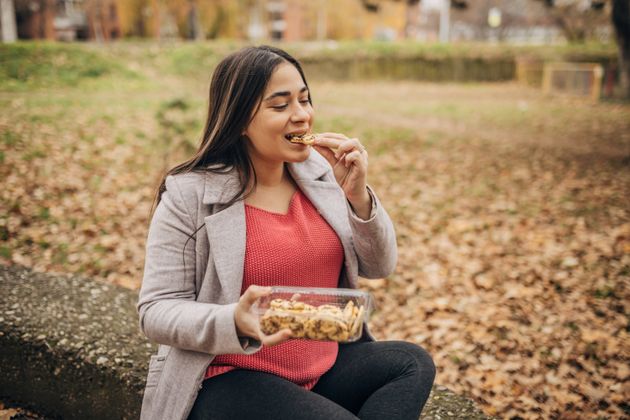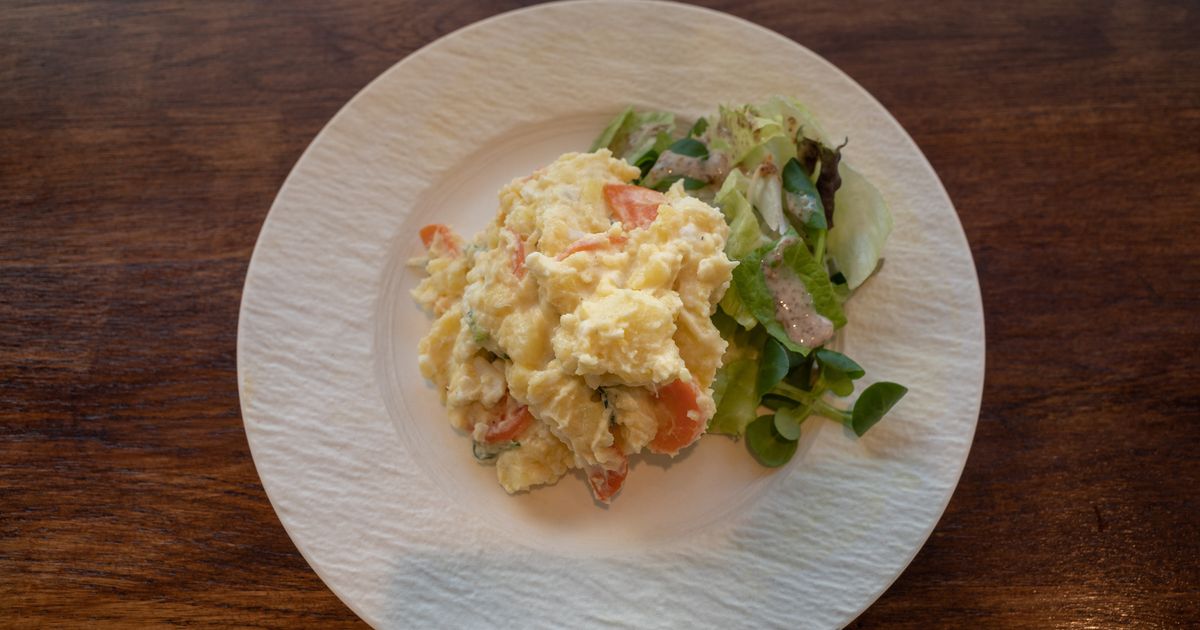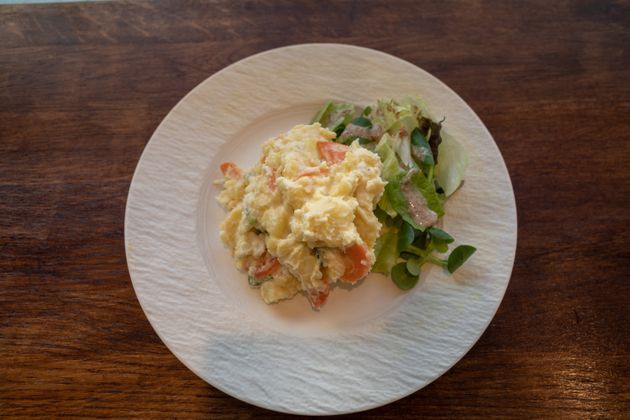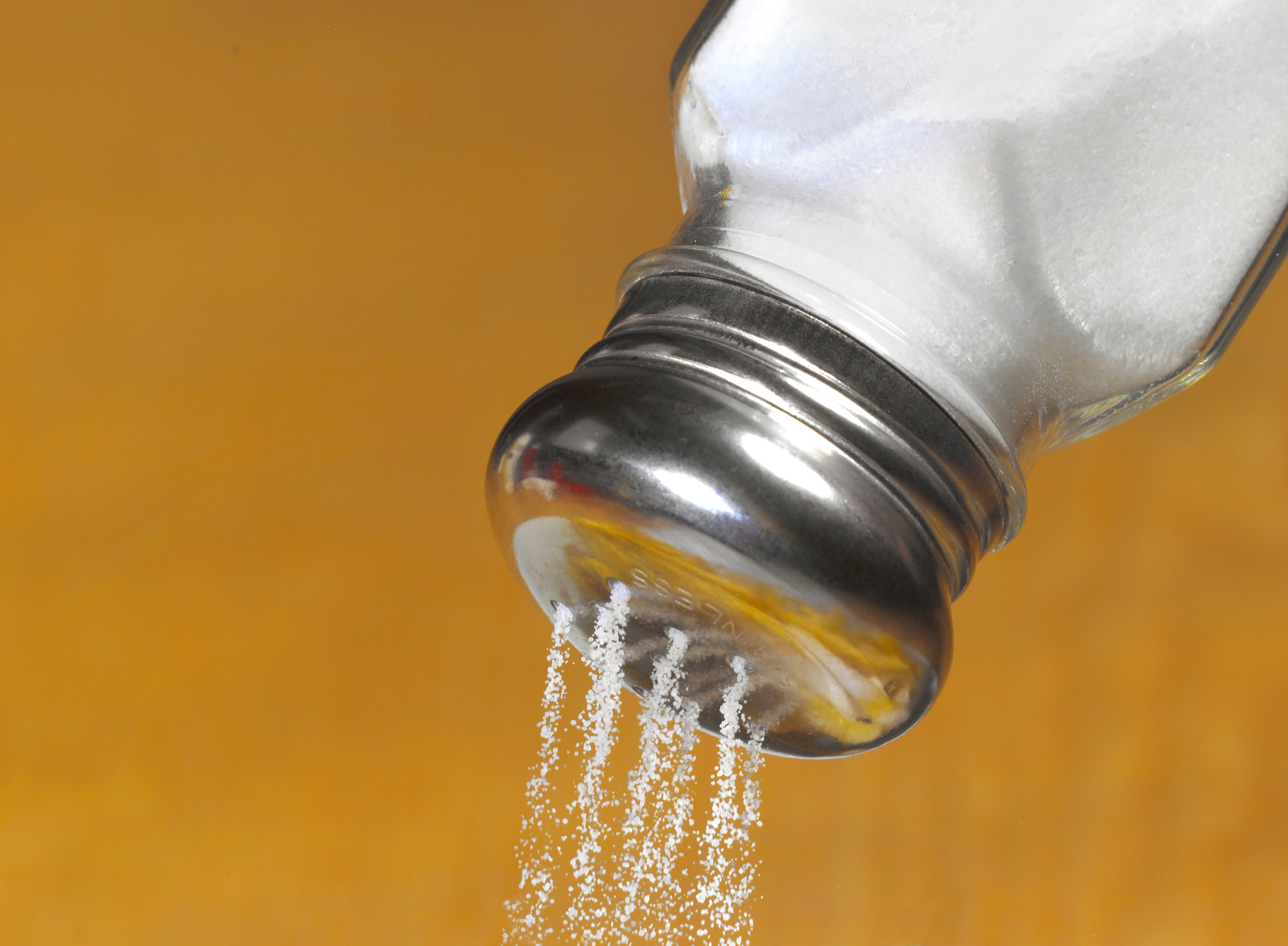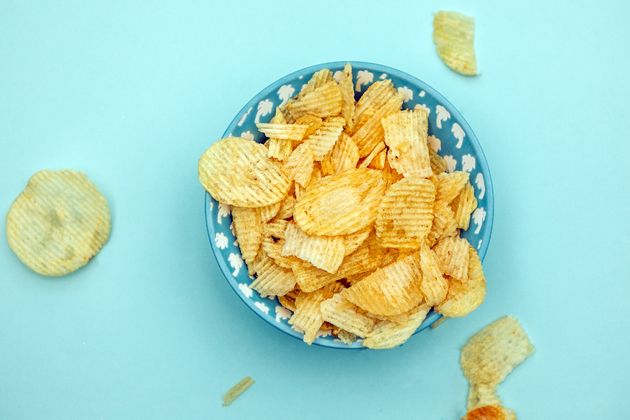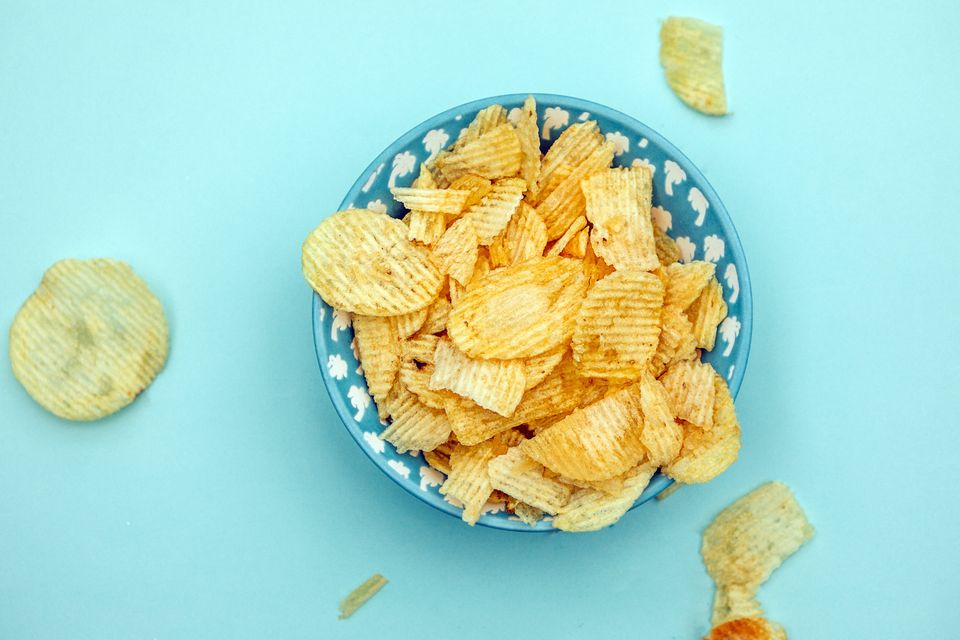Golden milk lattes, turmeric face masks, turmeric pills and turmeric powder are everywhere, from social media advertisements to retail stores and shopping malls. You may opt for one, tempted by the promise of natural health benefits.
But before buying into any trend, it’s important to understand what the product is, what’s in it, how to consume it, and how it can benefit you specifically.
Advertisement
“Turmeric being called the ‘new’ superfood is a misnomer,” said New York-based registered dietitian Esther Tambe. “Turmeric has been around in many cultures for a long time, and we should respect that heritage and try to understand the what, why and how.”
But there’s more to the golden spice.
It’s All About The Curcumin
“If you’re turning to turmeric because you’ve heard that it can help fight inflammation, you should know that curcumin is the active ingredient that’s doing the good work,” said Carolyn O’Neil, a registered dietitian nutritionist and co-author of “The Dish on Eating Healthy and Being Fabulous!”
Advertisement
However, curcumin content in most turmeric sold in the U.S. is only between 2% and 3% by weight, which means that the turmeric may have a deep yellow-orange colour and earthy flavor, but very little nutritional benefit. High-potency turmerics can contain upward of 7% curcumin.
Lakadong turmeric, also known as haldi, is a high-potency turmeric that contains as much as 7-12% curcumin — and you can always look at your turmeric’s label to see if yours is made with Lakadong (many brands use it).
When Ushma Patel and Malvika Mohan, the co-founders of Humble Origin Superfoods, were researching quality turmeric to source from, they turned to Lakadong. Grown only in the fertile land of Lakadong Village in Meghalaya, a state in northeastern India, Lakadong turmeric is the only one of its kind. Its higher curcumin level comes from the unique growing conditions and the genetic traits of the plant in this region.
Advertisement
“Lakadong turmeric is specifically grown for its medicinal properties, particularly its strong anti-inflammatory and antioxidant effects, making it more valuable for health benefits than regular turmeric,” Patel explained. Educating consumers about turmeric became paramount for the two women, who saw their own health improve by substituting Lakadong for the commercial variety of turmeric they had used most of their lives.

Brian Yarvin via Getty Images
How To Source And Store Turmeric
“Where you source the turmeric from makes a big difference,” confirmed Dr. Vrinda Devani, a board-certified obstetrician and gynecologist who is a practitioner at The Ayurvedic Institute in Asheville, North Carolina.
Advertisement
She recommends asking the manufacturer for a certificate of analysis (most good herbal companies will have one) that discloses the presence of any heavy metals or pesticides and confirms the quality of the turmeric.
Before buying turmeric, Devani said, she always checks the labels (single-origin, organic, GMO-free, sustainably sourced, ethically grown, etc.), visits the company’s website and looks at their values. Producers who are thoughtful in their sourcing should be able to answer those questions fairly quickly, but if they hesitate, that’s not a good sign.
Low-quality and discounted turmeric may be adulterated or contaminated with starch, lead chromate (to enhance colour) or synthetic curcumin, compromising purity.
Advertisement
“Also, many mass-produced turmeric powders lose potency over time due to poor storage (exposure to light, heat, and moisture) on store shelves for months at a time,” Mohan warned.
For best results, opt for fresh, high-curcumin turmeric like Lakadong and store it properly in dark, airtight containers to maintain its effectiveness. Devani additionally recommends purchasing herbs and spices from specialty stores rather than big box retailers, and from boutique brands such as Gaia Herbs, Banyan Botanicals and Organic India.
Store spices in a cool, dark place, like a cabinet or pantry, and away from heat, light and humidity to preserve potency.
Advertisement
Certain Foods Help Your Body Absorb Turmeric
In traditional South Asian cooking, turmeric and other spices are often sautéed with ghee or oil, not just for flavour and technique, but because the fat makes it easier to absorb the curcumin. She recommends balancing turmeric with another extract — piperine (a chemical compound found in black pepper and long pepper) for bioavailability, drinking preferably raw and whole warm turmeric milk at night, and sautéing turmeric in oil with vegetables, rice, quinoa and beans.

Rocky89 via Getty Images
Patel recommends a daily dose of a pinch of turmeric in the morning on an empty stomach combined with black long pepper and a spoonful of honey, coconut oil and warm water. Tambe tells her clients to use turmeric as a natural salt alternative to season food if they are trying to cut down on sodium.
Advertisement
The Truth About Turmeric Supplements
Many nutritionists recommend turmeric supplements if you can’t consume turmeric in its natural form. “Since turmeric typically contains less than 10% curcumin, it’s more effective to take supplements which may contain up to 95% curcumin,” O’Neil said. “Also, since curcumin is often hard for the body to absorb, it is recommended to choose a supplement that includes black pepper and take it with a meal or snack that contains some fats to help enhance absorption.”
Devani also warns against turmeric supplements that have low potency, filler substances or don’t contain activating ingredients (piperine, for example). Always check the labels for a list of ingredients.
Also be aware that you can risk consuming too much turmeric when taking supplements.
According to the Botanical Safety Handbook by the American Herbal Products Association, 8 grams (or 3 teaspoons) of extracted turmeric with a high concentration of curcumin (or pure curcumin supplements) per day is plenty. However, some people end up consuming much more.
Advertisement
“If you have gastro-intestinal side effects, liver or gallbladder issues, or are already on blood thinners or undergoing chemotherapy, turmeric can counteract and cause more harm than good,” Devani warned. It is best to consult your doctor or a dietitian about your eating habits and food-drug interactions before consuming supplements.
Even if you use high-quality turmeric activated with fat and piperine, it is important to be consistent. You won’t get immediate results from just a few golden lattes.
“It is important to understand that herbs and spices are not a cure for a disease, but simply an aid for better overall health. You can’t just take herbs alone and expect everything will be solved for you,” Tambe said.
Advertisement
When used in conjunction with eating well, exercising and maintaining a balanced lifestyle, turmeric can help enhance your well-being and immunity and help your recovery from ailments. A popular ancient Ayurvedic proverb says, “Without proper diet, medicine is of no use. With a proper diet, medicine is of no need.”




















